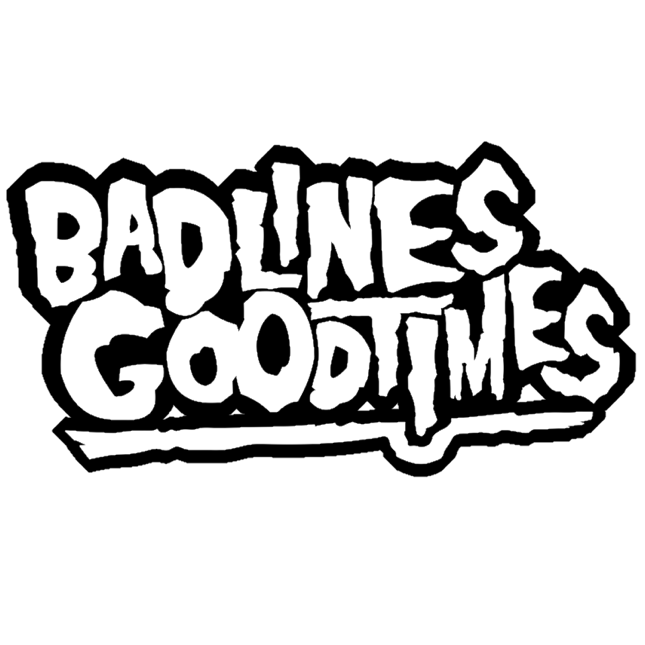Cleandezert
Well-known member
- Joined
- Apr 7, 2022
- Messages
- 1,096
So I just revalved my rear bypasses and came up with a question i don't know the answer to. I was hoping a guru might....
So my bypass shocks needed more compression... the tubes were closed on compression already. I open up the shocks and I had a mix of .012 and .015 shims on compression, all bleeds open and my tubes closed. I closed 1 free bleed, upped my valving to a straight .015 stack, and opened up tubes so I could see how it worked and start closing them if needed.
so my question is this. Bleed screws, shims and bypass tubes. How do they compare when adding compression dampening?
Is adding a bleed screw the same as closing a bypass tube in half? is going from a .012 stack to a .015 stack the same as 4 turns on a comp tube? Is there any metrics to this? I was hoping answering this would help me understand my next move incase i need to add more valving again.
So my bypass shocks needed more compression... the tubes were closed on compression already. I open up the shocks and I had a mix of .012 and .015 shims on compression, all bleeds open and my tubes closed. I closed 1 free bleed, upped my valving to a straight .015 stack, and opened up tubes so I could see how it worked and start closing them if needed.
so my question is this. Bleed screws, shims and bypass tubes. How do they compare when adding compression dampening?
Is adding a bleed screw the same as closing a bypass tube in half? is going from a .012 stack to a .015 stack the same as 4 turns on a comp tube? Is there any metrics to this? I was hoping answering this would help me understand my next move incase i need to add more valving again.
